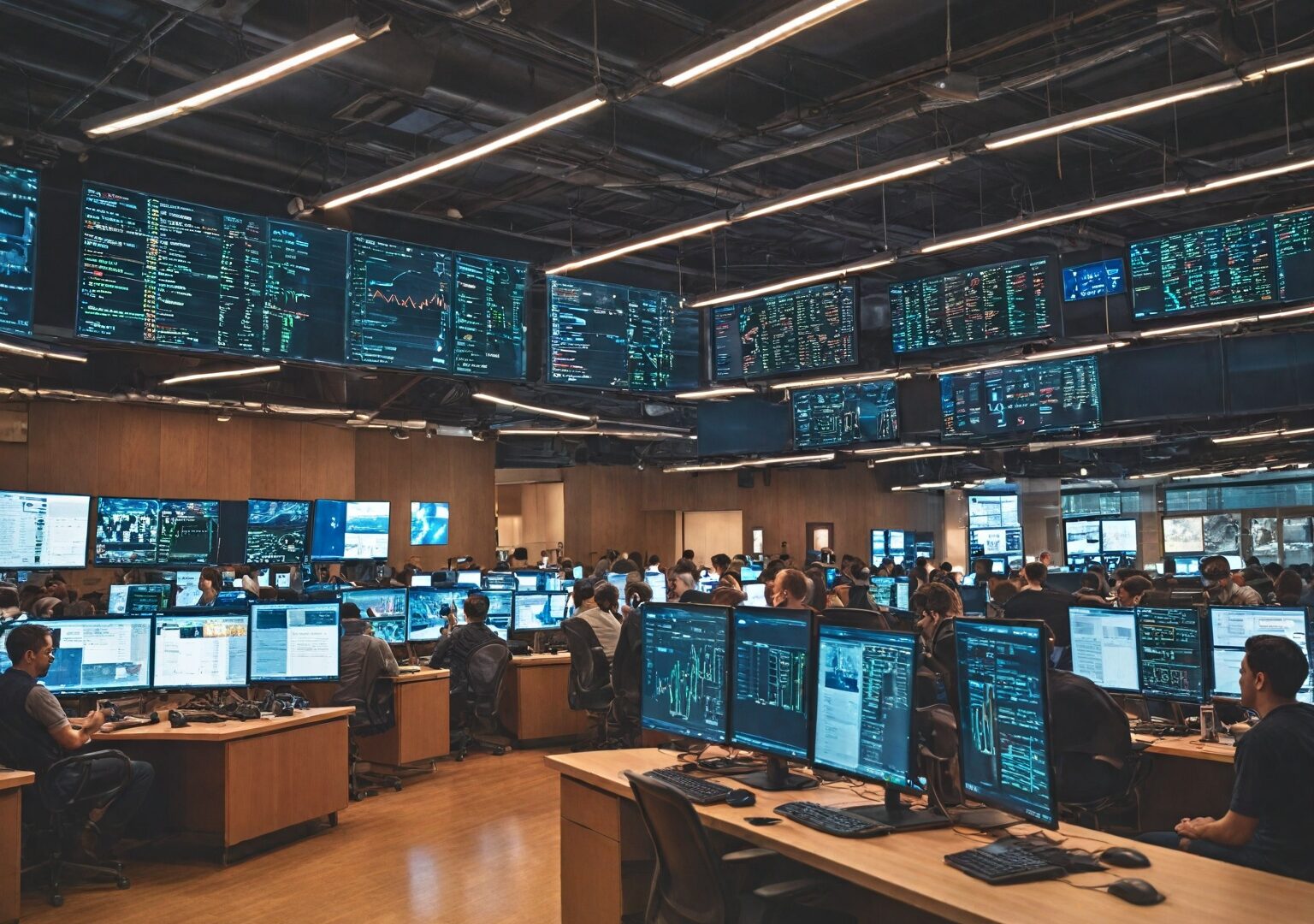Highlights:
- Ethereum’s average gas fee drops by 95% post Dencun upgrade.
- Ether’s price declines by 53% since the Dencun Upgrade.
- Pectra upgrade faces challenges ahead of its launch.
Ethereum Gas Fees Drop Significantly After Dencun Upgrade
The recent Dencun upgrade on Ethereum has resulted in a remarkable 95% drop in average gas fees, marking a significant milestone in the network’s development. Rolled out on March 13, 2024, the upgrade incorporated key enhancements aimed at boosting Ethereum’s scalability and reducing transaction costs, particularly for layer-2 networks. This move has been instrumental in making transactions more affordable and accessible to a wider range of users.
According to YCharts data, Ethereum’s average gas fee plummeted from 72 gwei in 2024 to a mere 2.7 gwei as of March 12, 2025. This substantial reduction in fees has made transactions significantly more cost-effective, with the average swap now costing $0.39 and an NFT sale averaging $0.65, down from the previous $86 and $145 respectively.
Ether Price Declines Despite Lower Gas Fees
While the drop in gas fees has been a significant achievement, Ether (ETH) has faced a stark contrast with its price dipping by 53% since the Dencun upgrade. Initially trading above $4,070 during the upgrade in March 2024, ETH’s value as of March 13, 2025, stands at around $1,891, showcasing a notable decrease in value over the past year.
Commenting on this price trend, Dominik Harz, co-founder of hybrid layer-2 Build on Bitcoin (BOB), expressed concerns about Ethereum’s recent performance, indicating the need for a more stable and secure DeFi ecosystem amidst the industry’s evolution.
Pectra Upgrade Faces Challenges Ahead
As Ethereum gears up for its next major upgrade, Pectra, the road to implementation has not been without its hurdles. Despite the successful roll-out on its final testnet, Sepolia, developers encountered issues with error messages and empty blocks during mining activities. While fixes have been deployed to stabilize the testnet, there have been concerns raised about disruptions to the mainnet launch.
Looking ahead, the Pectra upgrade is anticipated to expand data space for layer-2 solutions, reduce costs, and increase execution capacity. However, Harz highlighted that while this represents progress, Ethereum is facing broader challenges that require holistic solutions beyond Pectra to maintain its competitiveness in the ever-evolving blockchain landscape.
Conclusion:
The evolution of Ethereum’s network post the Dencun upgrade has showcased the positive impact of scalability enhancements and reduced gas fees. While challenges persist, such as Ether’s price decline and hurdles faced by upcoming upgrades like Pectra, the community’s resilience and commitment to overcoming these obstacles will be crucial for Ethereum’s continued growth and relevance.
How can Ethereum navigate the balance between scalability improvements and maintaining asset value for investors? What lessons can be drawn from past upgrades to ensure smoother implementations in the future? In what ways can the Ethereum community collaborate to address the broader challenges facing the network and enhance its long-term sustainability?
Editorial content by Finley Adams


